|
Special thanks to Jade Kochanski, one of the four principal investigators from UW-Madison, who combined to complete a three-year study entitled “Assessment of Floral Resource Abundance, Pollinator Networks, and Implications for Bumble Bees in Restored Tallgrass Prairies.”
16 sites with conservation easements within 100 miles of Madison that were 10-15 years into their restoration were surveyed with 7-8 visits done to each site. The ABC had the most Golden Northern Bumble Bees of all sites surveyed and tied for the most or in the top three is three other bee species. The full report is below.
0 Comments
I was fortunate to have seen the first trumpeter cygnet pop out from under its mother's wings on Saturday, June 7th, at 6:30AM. Six more cygnets followed, making a total of 20 new trumpeters over the past three years. They are in the blackbird blind pond. The third pic is from Mary B and the fourth from Cory C.
The conservancy and the lands adjacent are rich with interesting plants, birds and creatures. They also contain a far older history that slowly and methodically unveils itself to those who have time and the interest. In particular, fossils, Native American and early Euro-American artifacts are all around. The slideshow below shows some of the items found in the last year. A special thanks to Rich Rozelle and Donnie Shanks who assembled and installed the third blind at the ABC last weekend. In the northeast corner by the woods, the Bufflehead Blind is smaller than the other two but comes with a sportsman's LazyBoy as a bonus (pic 2). Be gentle with both doors and windows when opening and closing.
The cattails obscure views somewhat. Am working on getting those sprayed later this summer which will hopefully help next spring. In the interim, I watched a yellow-headed blackbird fight with four red-winged blackbirds today from the blind. Whenever the YHB did it's chainsaw call, the four RWBs would dive bomb it. The YHB just moved five yards and called again. Seemed like a draw to me. DNR Mammal Ecologist J Paul White conducted a two week survey with two detector units (placed by the Trumpeter Blind and the northeast corner berm) in July. The units detected sounds from seven of the eight bat species in Wisconsin including the Evening Bat which is new to the state as of 2016. Compared to surveys done in 2010 and 2018 for shorter periods and closer to the Bark River, there were more Hoary and Silver-Haired bats and less Little Browns this year than in the past. Little Browns have been hit harder by the white-nose syndrome than other species which may explain the difference. In 2010 and 2018, five and four species were noted...so if there were seven, it's an encouraging sign. Of the seven, Big Brown, Hoary and Silver-Haired were prolific while the Hoary, Little Brown and Evening Bats were less commonly heard and the Eastern Red, while noted as present, was infrequent and could have been a misidentification. The only bat not heard was the Northern Long-Eared Bat which is both state threatened and federally endangered.
For the third time in the last four years, our breeding pair of Trumpeters swans successfully hatched some cygnets. Unlike in 2021 & 2023 when the nest was hidden in the cattails, in 2024 the trumpeter couple took over the Yellow-Headed Blackbird island on the pond where the Blackbird Blind resides. They tore down the vegetation, fought off some Canadian Geese who wanted the spot for themselves and were successful in having seven cygnets! The State of Wisconsin held its once a year field school on archaeology in part at our conservancy on May 16th. Roughly 25 students and two professors, led by Seth Schneider from UW-Milwaukee, spent the morning reviewing artifacts and shovel testing at the ABC. They found about a dozen objects that had been worked. Most were flakes but there was a broken knife in the mix. See below for some pics. When added to another eight objects found previously (mostly better defined pieces like projectile points, scrapers or fire-cracked rocks, this was enough for Seth to classify this as a site of Native American encampment and he is seeking designation from the state as such on their registry. The above Rock Of Unusual Structure (ROUS) was partially unveiled after a March 24 burn of the woods, quite close to the marshlands. Rolled uphill, it acts as the base rock for a cairn where the trail divides before the woods coming from the parking lot.
The rock at the cairn’s base is called a Xenolith. It has a migratory story as interesting as most birds at the conservancy. It is made up of lava flow from the earth’s crust, ‘assembled’ in the Lake Superior area and ‘transported’ south, likely through the Wisconsin Glacial Episode over 10,000 years ago. A Xenolith is created by a volcanic explosion of sorts…magma rises to the Earth’s surface through cracks/pipes between the Earth’s crust and mantle. As the molten material rises, it tears off bits and pieces from the magma pipe made up of basalt or finely grained mudstone, siltstone or shale. These bits and pieces get coated in magma (think berries wrapped in a chocolate fondue). As the magma cools, the 'fondue' burns its way through rocks and often burns out entirely. Occasionally the ‘berries’ in this example survive in a diminutive state and remain embedded inside the new igneous rock layer. That’s the black rock above. Known as a Batholith, this lucky lady started miles below our surface and came down from the US/Canada border to be with you today. Be nice to her. She’s had a hard life. The ABC is available on several social media platforms. Parden our dust and lack of sophistication. I'd rather be on the trails or enhancing the ecosystem than behind the PC...but am trying to offer some options for those who want to live ABC vicariously.
The biggest update is a YouTube Channel that has about fifteen of the videos taken over the last few years. Website: www.adamconservancy.com Facebook: ABC4Nature Instagram: adamconservancy YouTube Channel: @adambirdingconservancy or via the link below Email: [email protected] The ABC access rules are changing for 2024. I've asked visitors to assent to certain restrictions regarding liability and safe practices in interacting with people, plants and animals by joining the ABC Club on the last tab in this website.
Have decided to drop the front end requirement of accepting the terms but they remain in force. These is a sign at the trailhead from the parking lot dictating these terms (and they are found on the "About ABC" tab herein.) As part of the 2023 ABC recap newsletter, I will be asking all ABC club members if they want to continue to receive a newsletter through replying back to me. Else I will drop you from the list. With over 550 Club members, I'm not sure how many still want to receive updates. More timely updates will be available on Facebook and perhaps on Instagram, but algorithms limit the reach of the audience. Lastly, I'm allowing dogs on leash only for the first time, but only outside the breeding season which is September 1st to April 14th. Clean up after your dog. This is on a trial basis and will be pulled if there are issues. Happy Holidays to everyone! |
Archives
June 2025
Categories |
||||||

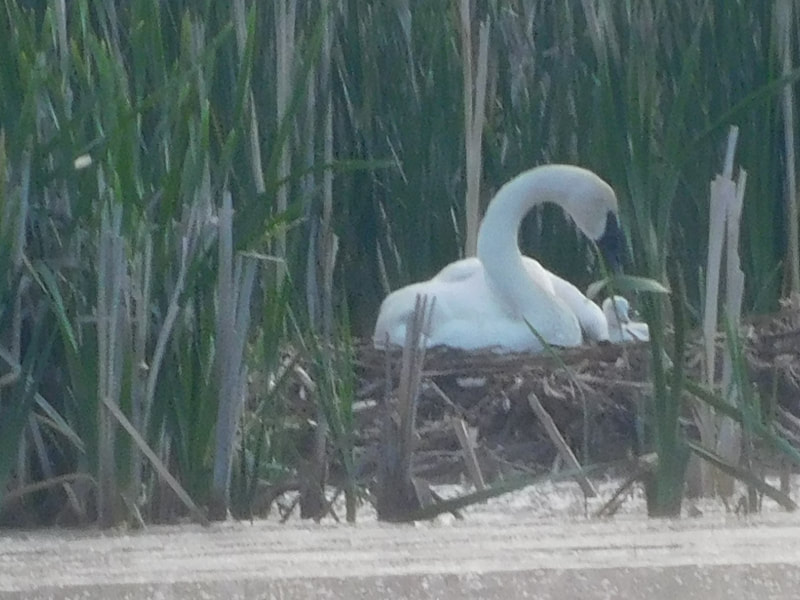
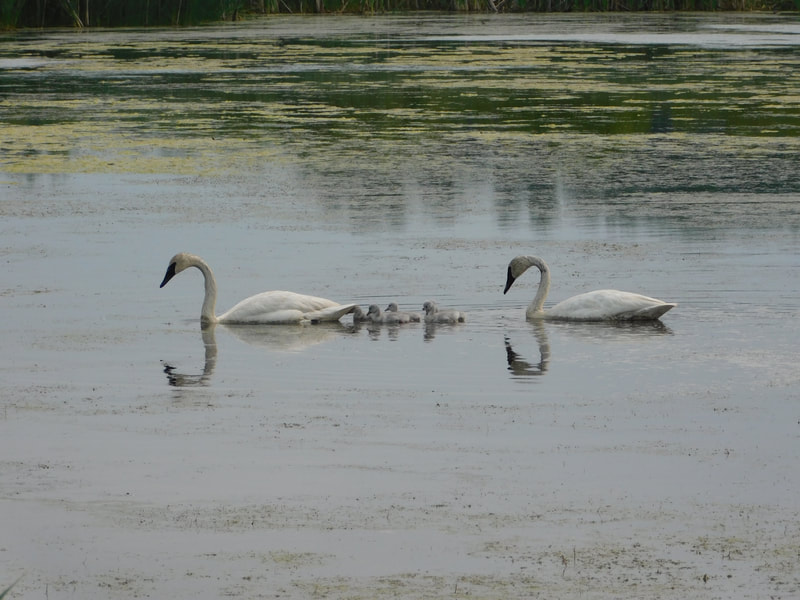
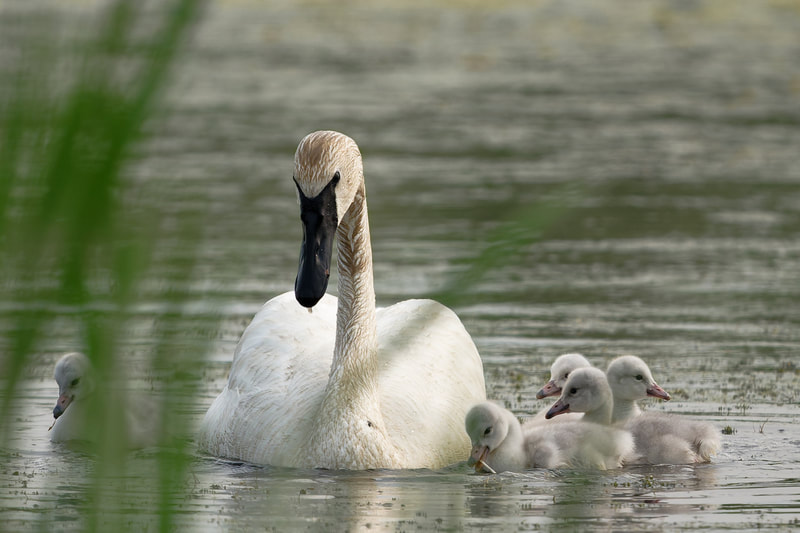
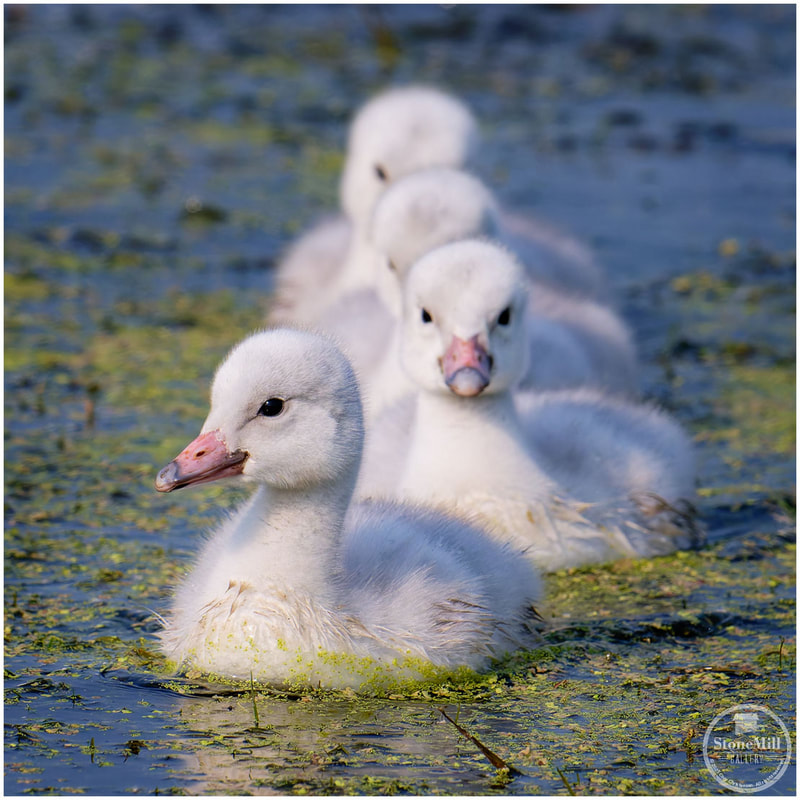
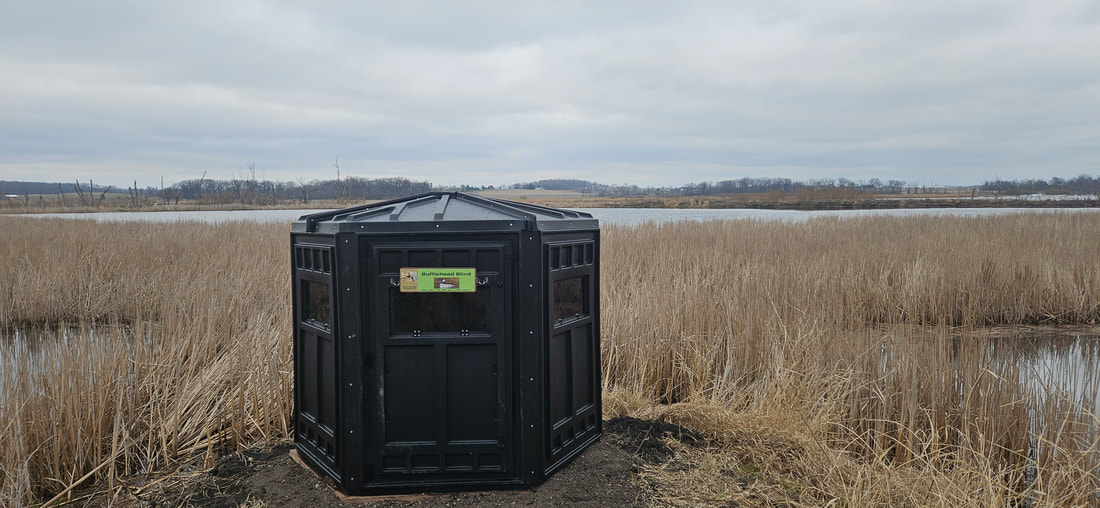
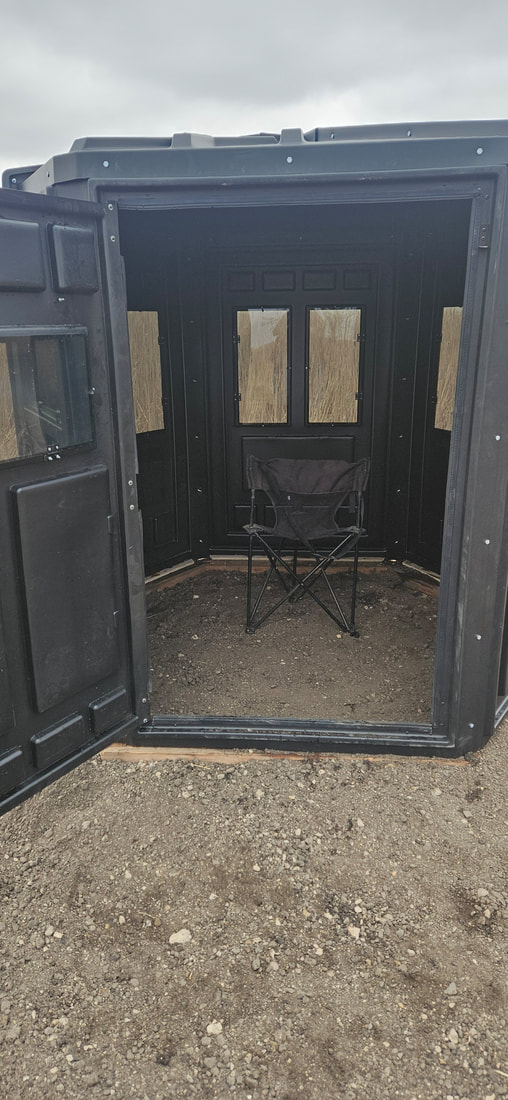
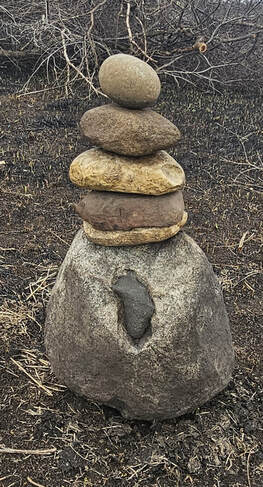
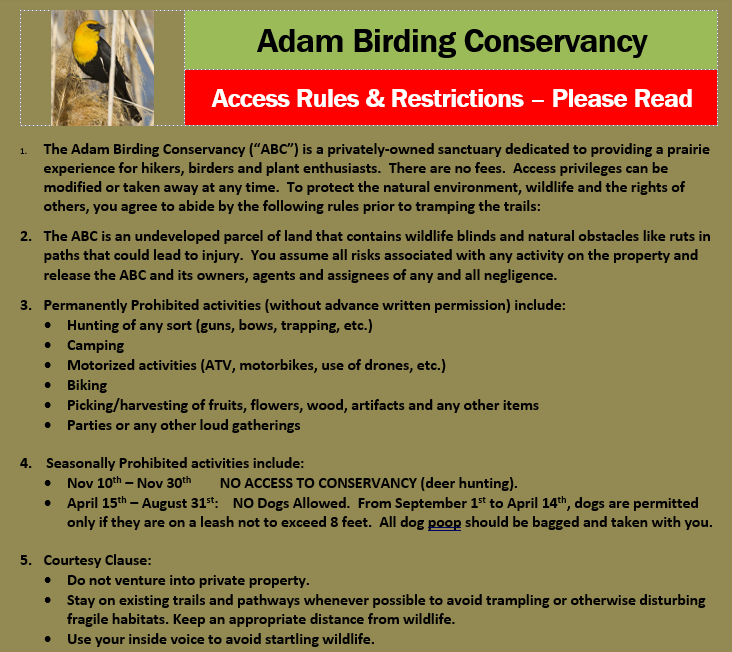

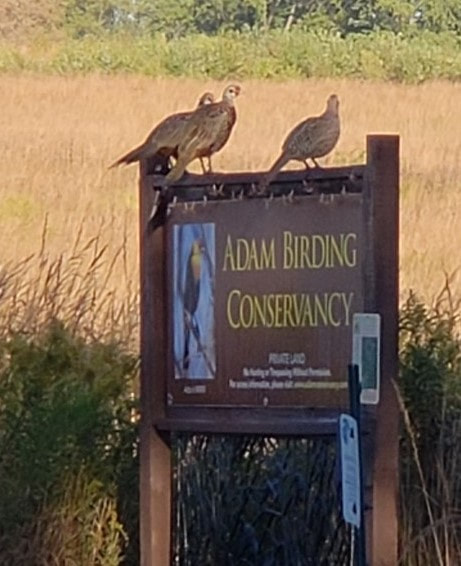
 RSS Feed
RSS Feed